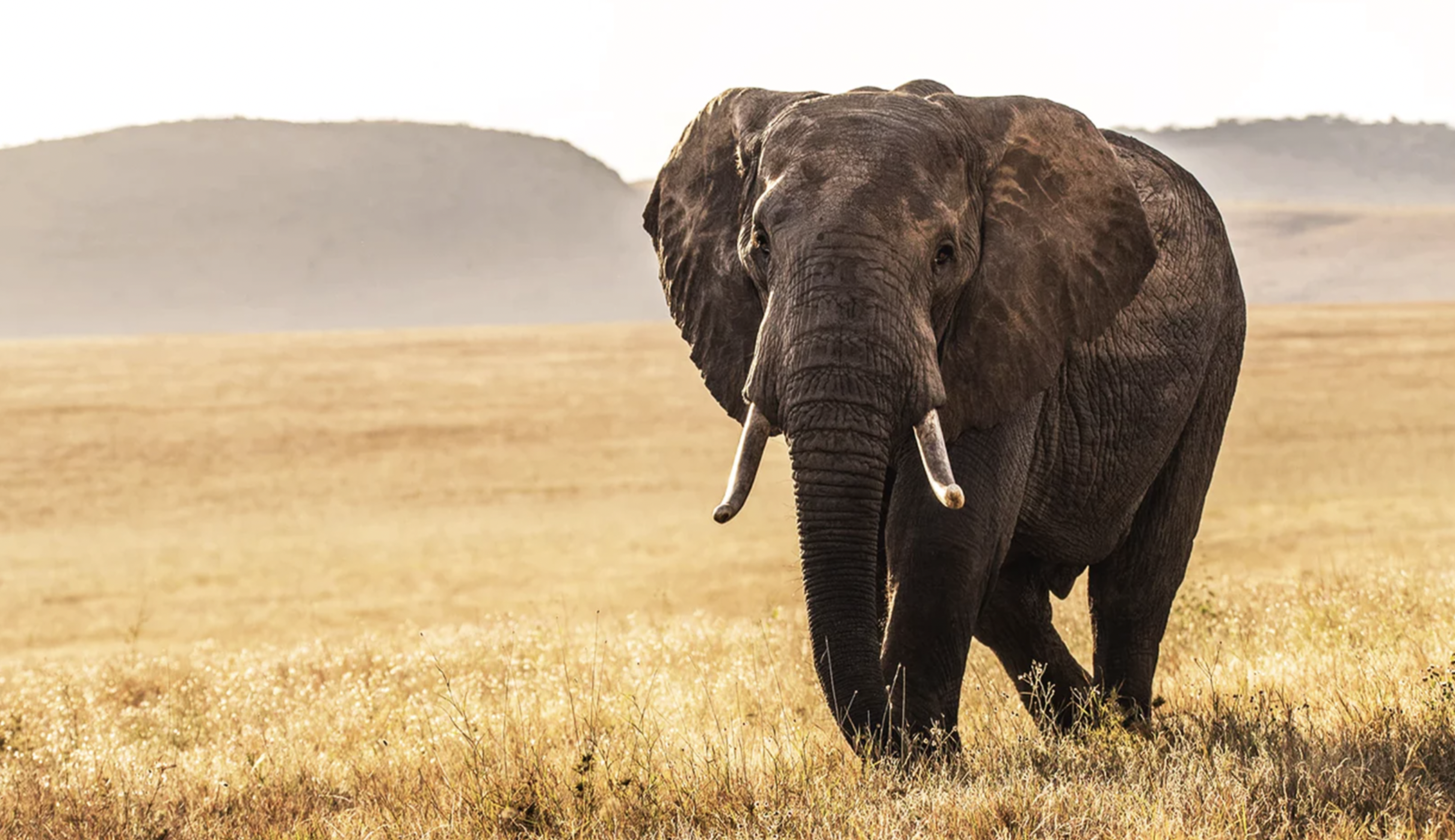Dinder Overview
Dinder National Park, locally known as “محمية الدندر القومية” (Mahmiyat al-Dinder al-Qawmiyya), is a prominent protected area in southeastern Sudan, approximately 400 kilometers southeast of Khartoum. Established in 1935 following the London Convention of 1933, the park was designated a UNESCO Biosphere Reserve in 1979, underscoring its global ecological significance. Spanning about 10,000 square kilometers, Dinder National Park forms a critical ecological corridor along the Sudan-Ethiopia border, adjoining Ethiopia’s Alatash National Park.
The park’s topography is characterized by a blend of clay plains, seasonal rivers, and a network of oxbow lakes and wetlands known as “mayas.” These mayas are vital for sustaining wildlife, especially during the dry season, by providing essential water sources. While the park lacks significant mountainous features or waterfalls, its diverse habitats—including savannas, woodlands, and wetlands—create a picturesque landscape that supports a rich array of flora and fauna.
Dinder National Park is renowned for its biodiversity, hosting over 160 bird species and numerous mammal species. Notable wildlife includes African elephants, lions, leopards, kudu, bushbuck, and various antelope species. The park’s wetlands attract a multitude of bird species, making it a haven for ornithologists and bird watchers. Additionally, the park serves as a crucial stopover for migratory birds, further enhancing its ecological importance.
Despite its ecological value, Dinder National Park faces significant conservation challenges. Encroachment by local communities, agricultural expansion, and poaching have led to habitat degradation and a decline in wildlife populations. Notably, giraffes, once prevalent in the park, have nearly disappeared due to environmental disturbances and human activities.
In response to these threats, various conservation initiatives have been implemented. The Dinder National Park Project (DNPP) focuses on integrating local communities into conservation efforts, promoting sustainable resource management, and enhancing environmental awareness. Collaborative efforts between Sudan and Ethiopia aim to establish transboundary conservation strategies, particularly concerning shared ecosystems and wildlife populations. These initiatives emphasize the importance of community involvement and regional cooperation in preserving the park’s biodiversity.
Visitors to Dinder National Park can engage in activities such as guided wildlife safaris, bird watching, and exploring the unique mayas. The park’s proximity to Khartoum makes it accessible for eco-tourists seeking to experience Sudan’s natural heritage. However, due to ongoing conservation challenges, potential visitors are encouraged to coordinate with local authorities and conservation organizations to ensure responsible and sustainable tourism practices.
In summary, Dinder National Park stands as a testament to Sudan’s rich natural heritage and biodiversity. While it faces considerable conservation challenges, ongoing efforts by governmental and non-governmental organizations, alongside local communities, aim to restore and preserve this vital ecosystem for future generations.










































































